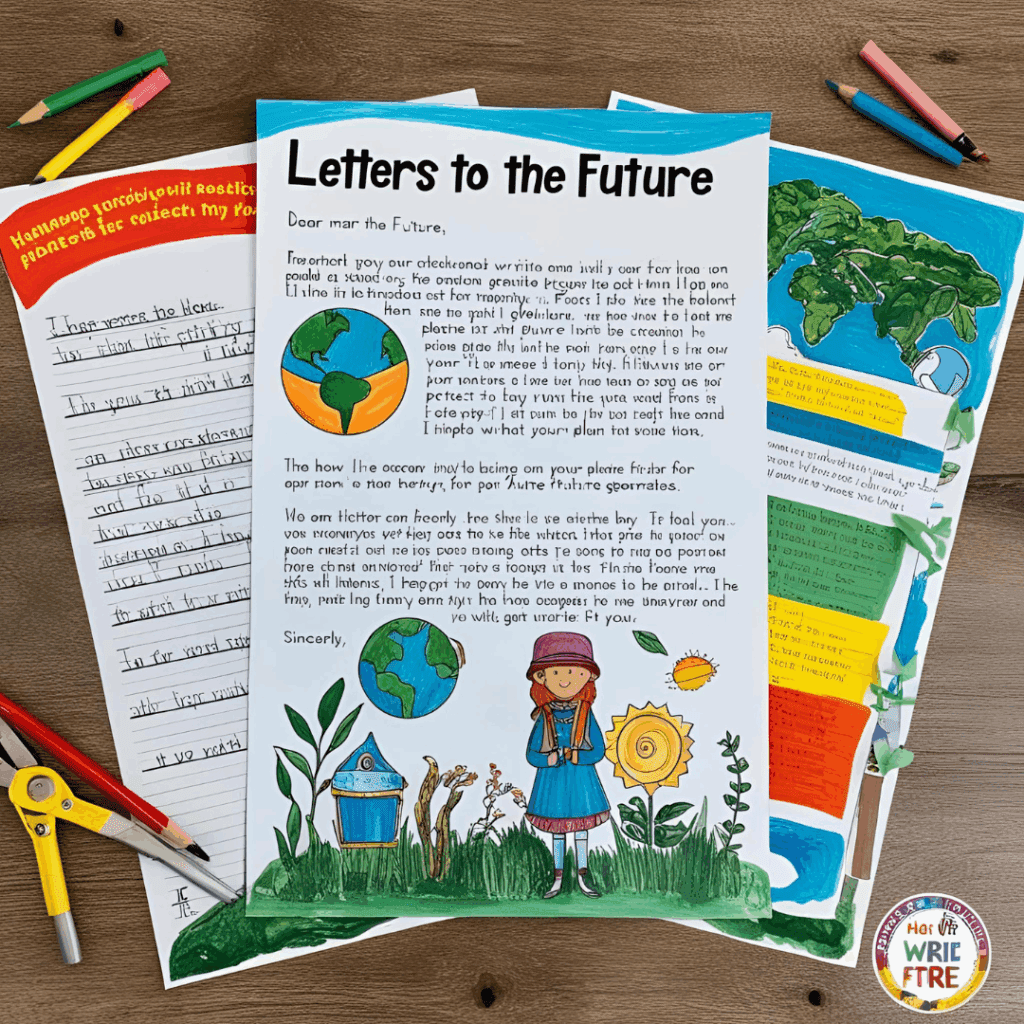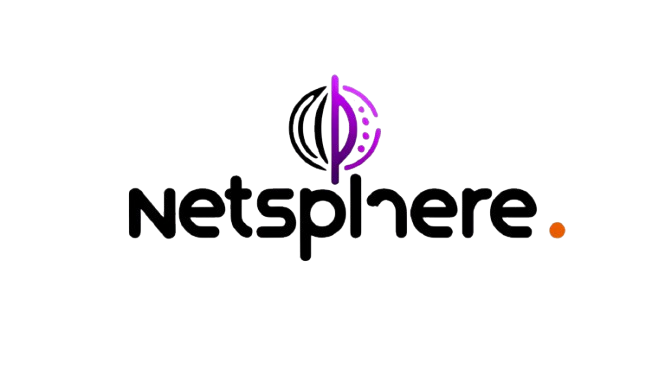Environmental preservation is not only a responsibility of the present but also a legacy for the future. A creative and engaging way to teach children about the importance of sustainability and how to protect the planet for future generations is through the “Letters to the Future” activity. This creative writing exercise allows students to imagine what they can do to protect the world and how future generations can continue this vital work.
The central idea is simple: write a letter to the future, where children express their environmental concerns and propose actions that should be taken to ensure a healthier planet. In addition to being an excellent educational tool, this activity encourages reflection and commitment to environmental issues in a creative and interactive way.
How Does the “Letters to the Future” Activity Work?
The “Letters to the Future” writing activity can be carried out for various age groups and in different settings, whether in the classroom or extracurricular activities. Below is a step-by-step guide for conducting this activity effectively:
- Introduce the Concept
Begin the activity by explaining to the children the importance of preserving the environment so that future generations can enjoy a healthy planet. Talk about environmental issues currently affecting the world, such as climate change, pollution, loss of biodiversity, and waste of natural resources. - Create a Fictional Context
Explain that the letters will be addressed to the future, to a possible reader who will live in a world of change. Encourage the children to imagine what this future might look like and what actions could be taken to leave the planet in a better condition for future generations. - Writing the Letter
Distribute paper and pens or writing materials to the children. Guide them to write their letters freely, but with some suggested topics, such as:- What would you do to prevent pollution on the planet?
- How would you help preserve forests and oceans?
- What sustainable actions do you think are important to improve the world’s future?
- What would you tell future generations about the importance of caring for the Earth?
- Reflection and Sharing
After writing, encourage the students to share their letters with the class. Ask what each of them learned from this activity and how it can influence their actions in the present. - Save the Letters for the Future
The letters can be saved and opened after a year or more, or even sent for a long-term project, such as creating a school mural or a time capsule. This creates a sense of continuity and allows the children to reflect on changes over time.

Benefits of the “Letters to the Future” Activity
This activity offers various benefits, both educational and emotional, such as:
- Stimulates reflection about the future: Children start thinking long-term about the consequences of human actions on the environment.
- Develops creative writing skills: By writing their letters, children exercise their writing and creativity while thinking of innovative solutions to environmental problems.
- Encourages intergenerational empathy: The activity allows students to put themselves in the shoes of future generations, fostering empathy and a sense of responsibility.
- Strengthens environmental awareness: Reflecting on how to improve the planet’s future makes children more aware of their own actions and attitudes towards the environment.
- Creates a personal commitment: Writing the letters can generate an emotional commitment to the environmental cause, motivating children to adopt sustainable practices in their daily lives.
How to Use the Letters in Educational Projects
“Letters to the Future” can be a great tool for educational projects involving environmental education. Here are some ideas for using them:
- Letter Exhibition: Organize an exhibition with the letters, where parents, students, and teachers can read and be inspired by the children’s creative ideas.
- Create a Sustainability Mural: The letters can be placed on a mural at school, creating a space where students can reflect on how to protect the planet and visualize actions to be taken.
- Develop a Community Project: Instead of writing to the future, students can write letters addressed to the local community, suggesting actions to improve the local environment, such as planting trees or organizing cleaning campaigns.
Examples of Questions to Stimulate Writing
If needed, you can use some questions to help the children get started with their letters:
- What would you do to prevent global warming?
- How can you help protect the oceans and marine animals?
- What would you like to tell future generations about the importance of saving water?
- What technologies or innovations do you think could save the planet in the future?
Making the Letters a Lasting Experience
In addition to being an excellent writing activity, “Letters to the Future” can serve as a starting point for other environmental and educational activities. Over time, you can revisit these letters and see how the children’s perceptions of the environment change, or how their attitudes evolve.
The activity can also be adapted for events such as “World Environment Day” or “Sustainability Week,” increasing the impact and awareness in schools.









